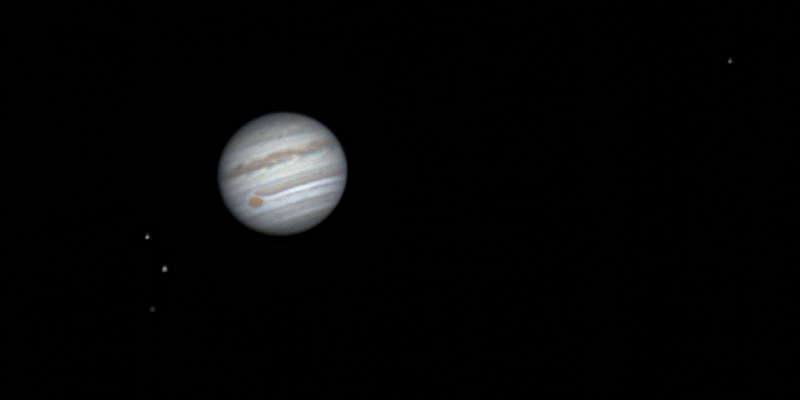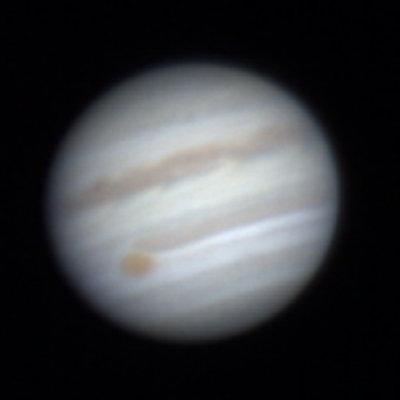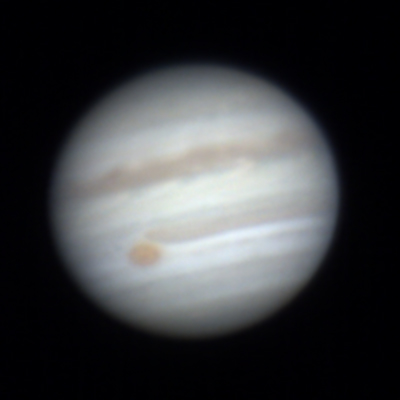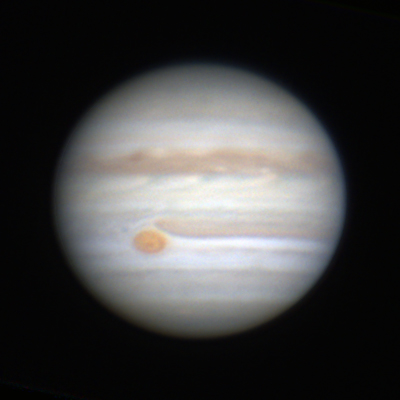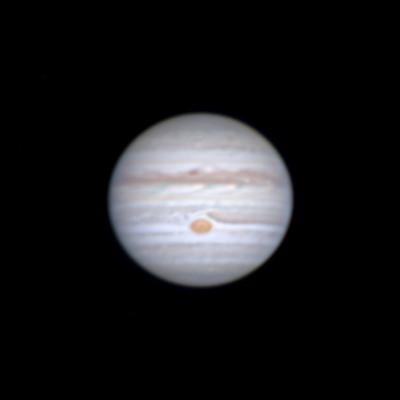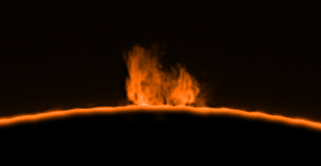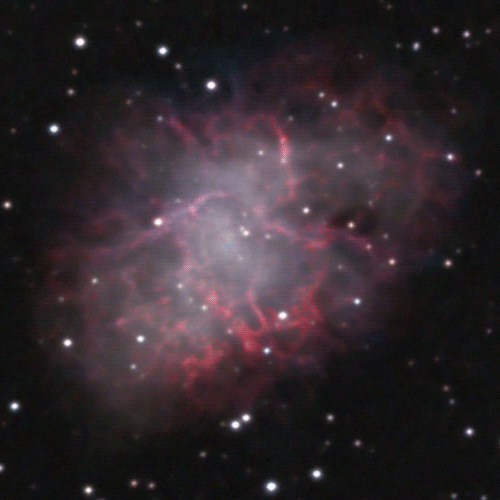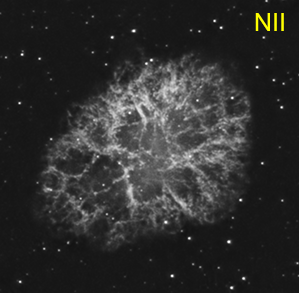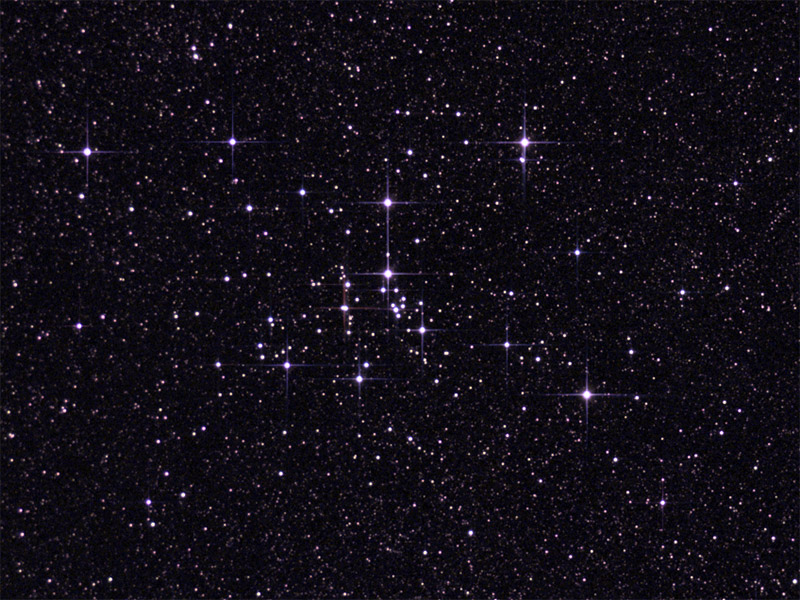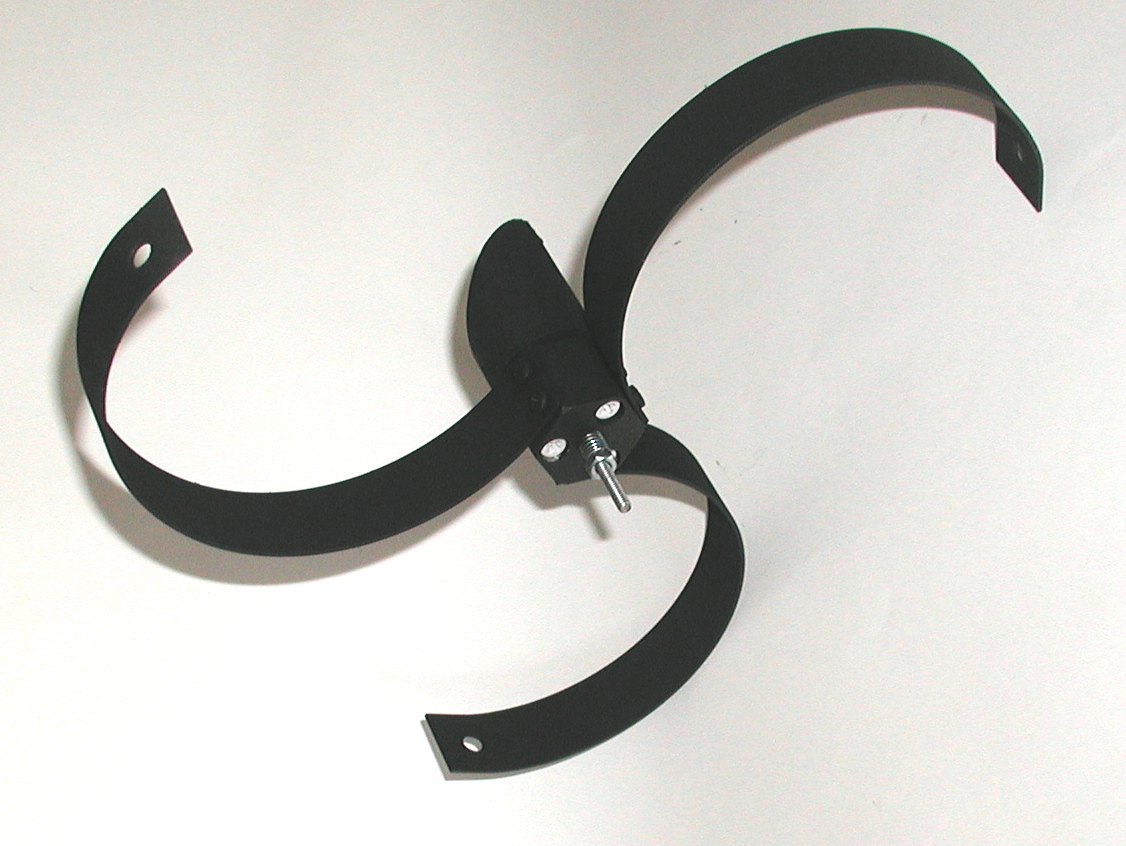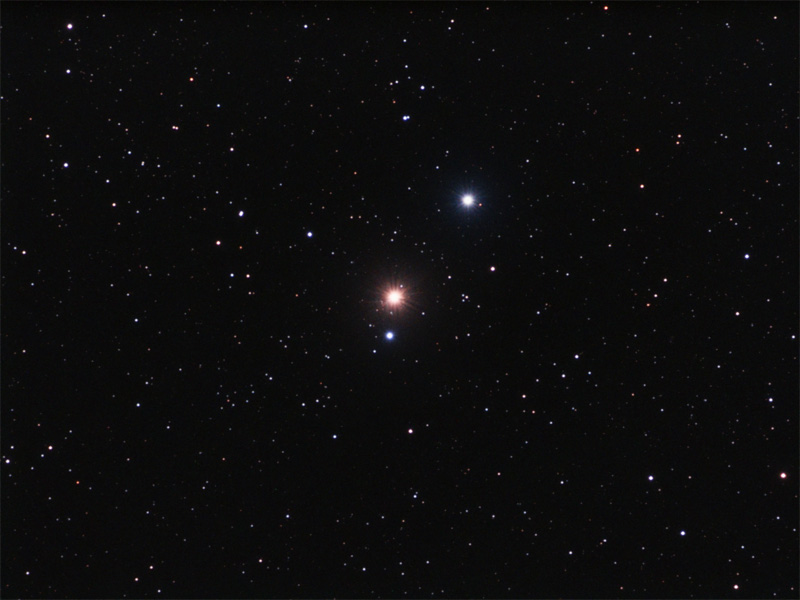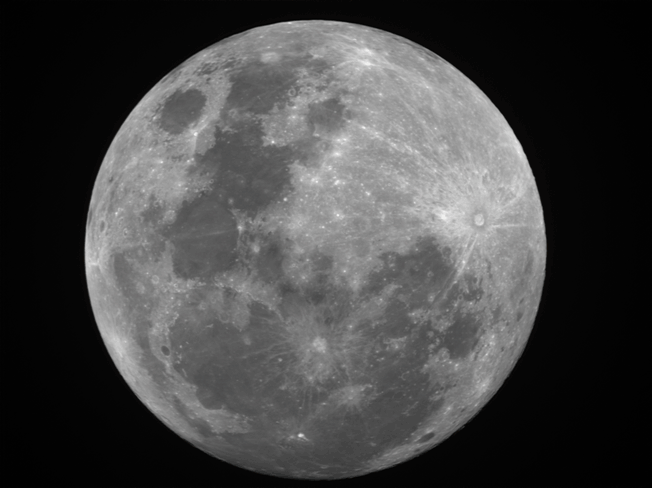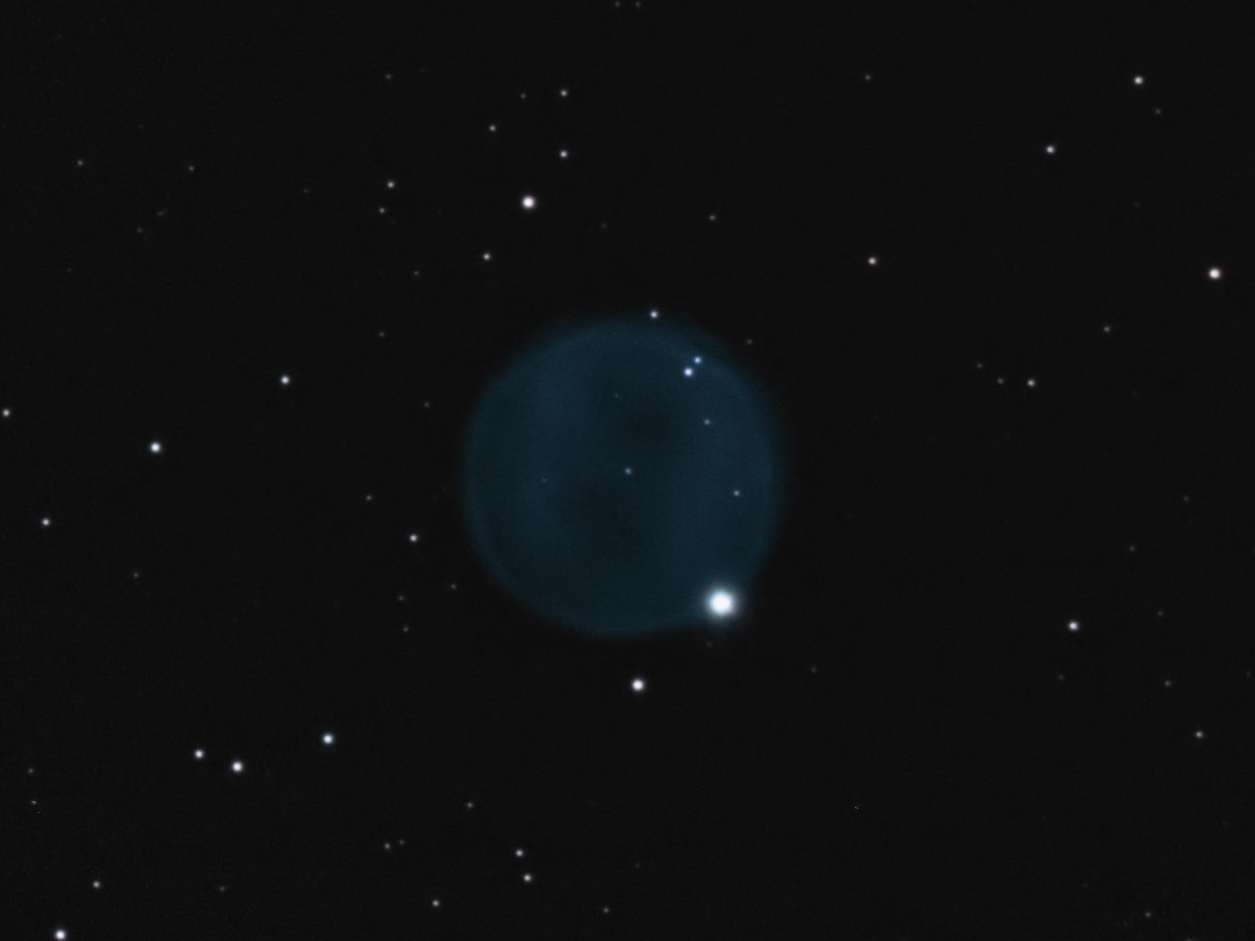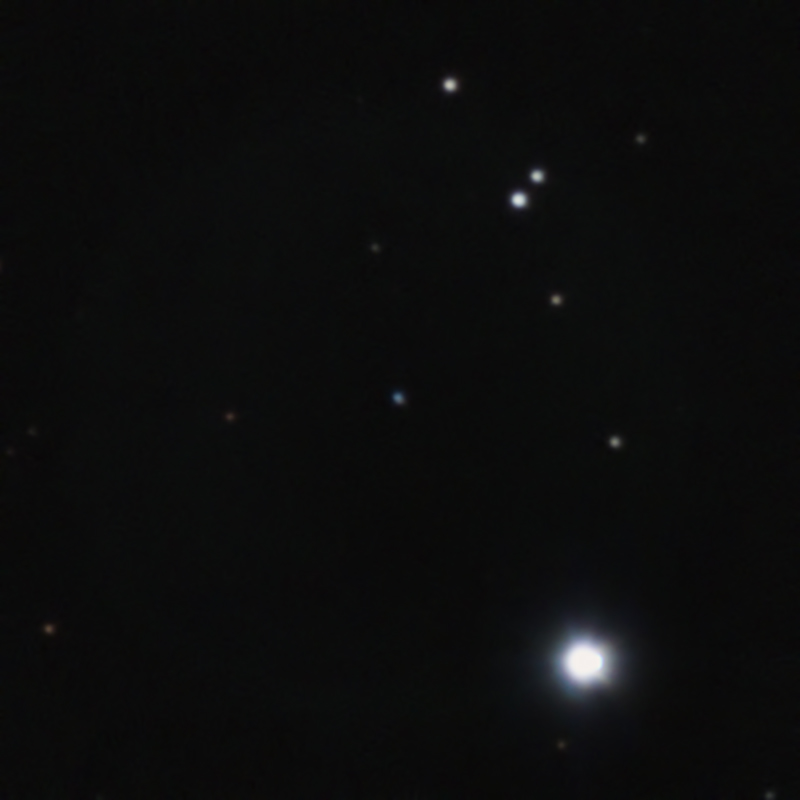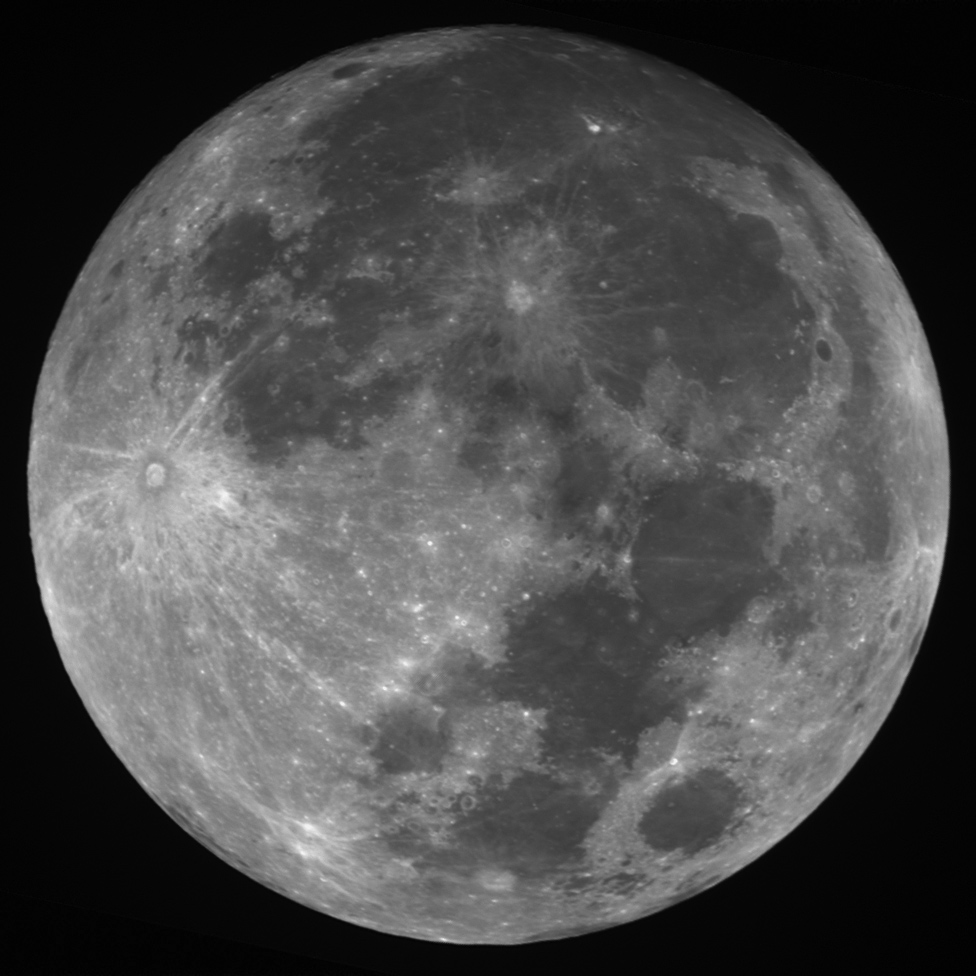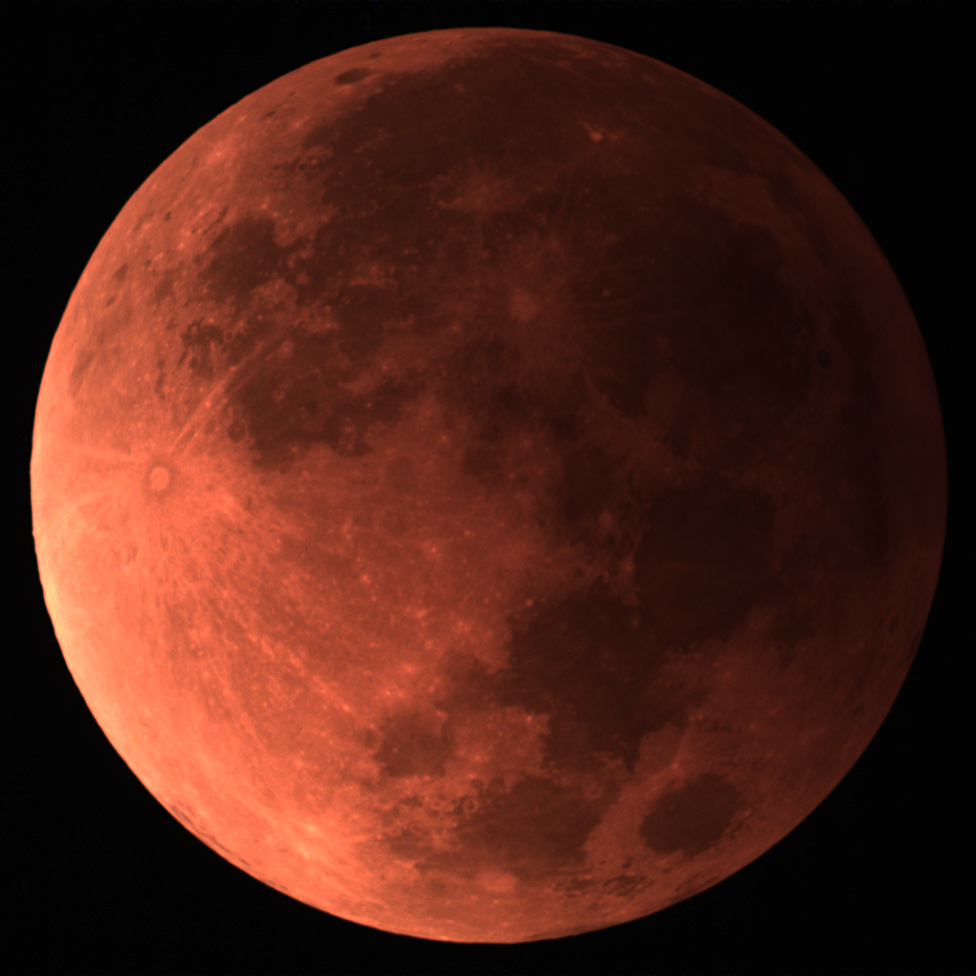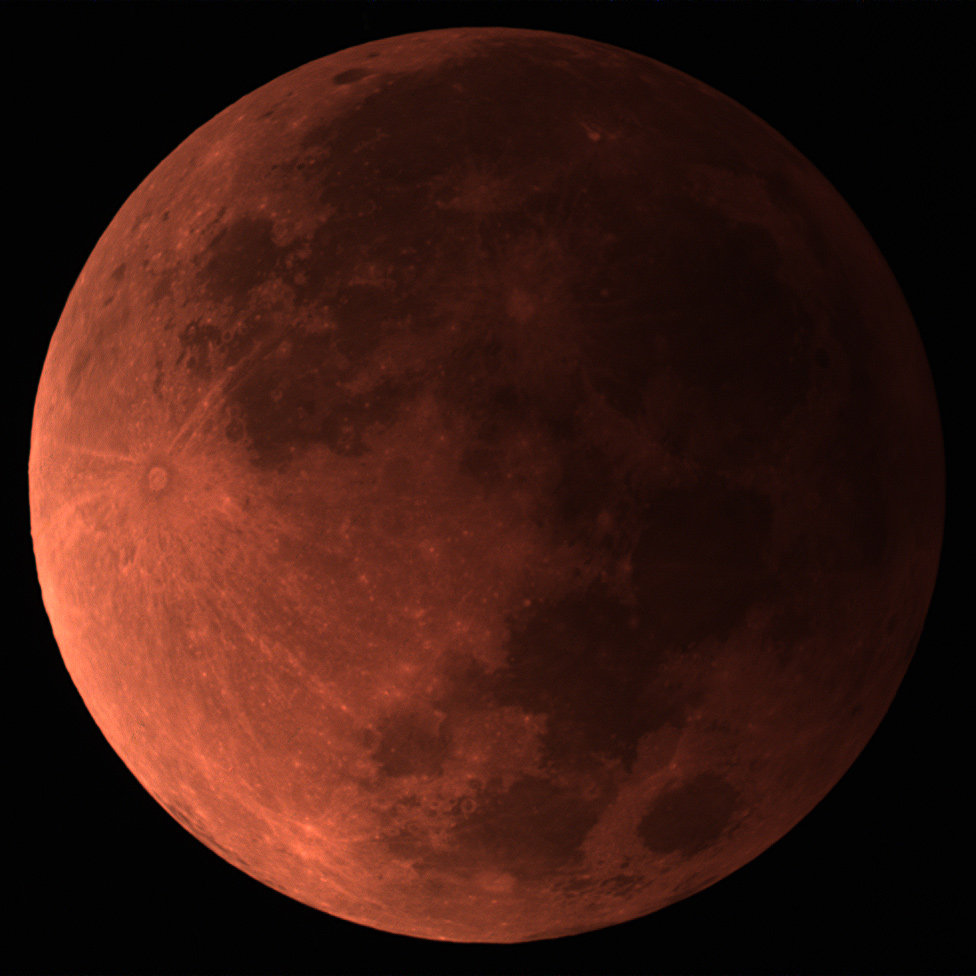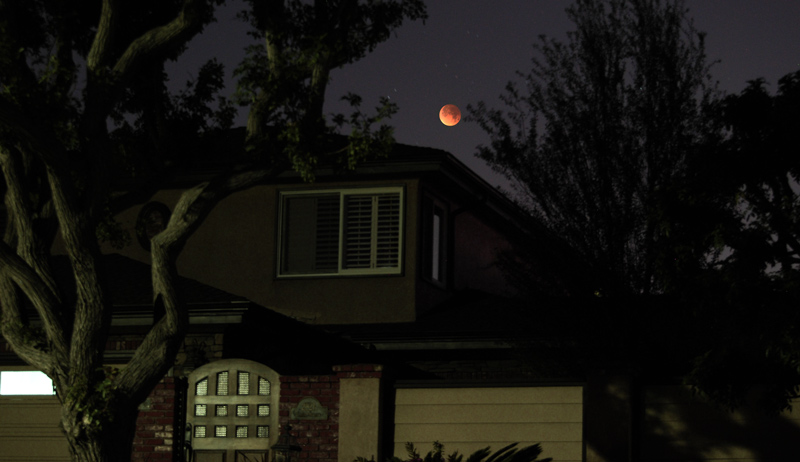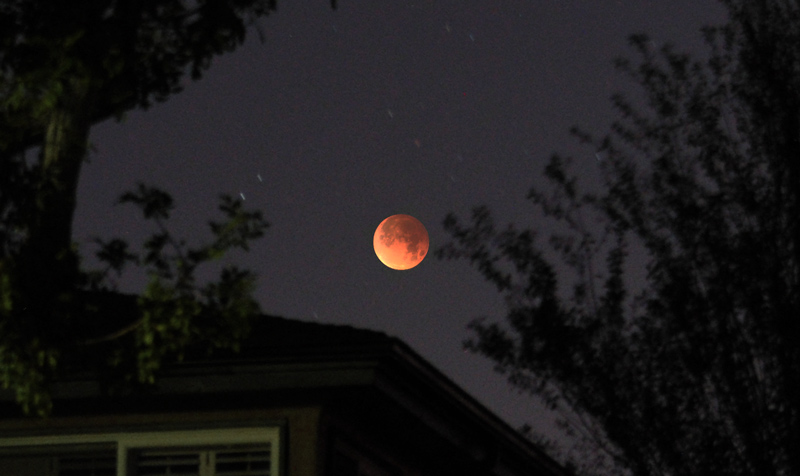here's my biennial addition to the crab nebula expansion from 2006 to 2016(17)
it appears as though the pulsar wind is outstripping the filaments, especially mid lower left:
This is an RGB image only as my earlier images were limited.
a wider version here shows a high proper motion star lower left:
Here’s is a composite of LRGB plus a touch of OIII luminance for the outer shell and faint jet up top:
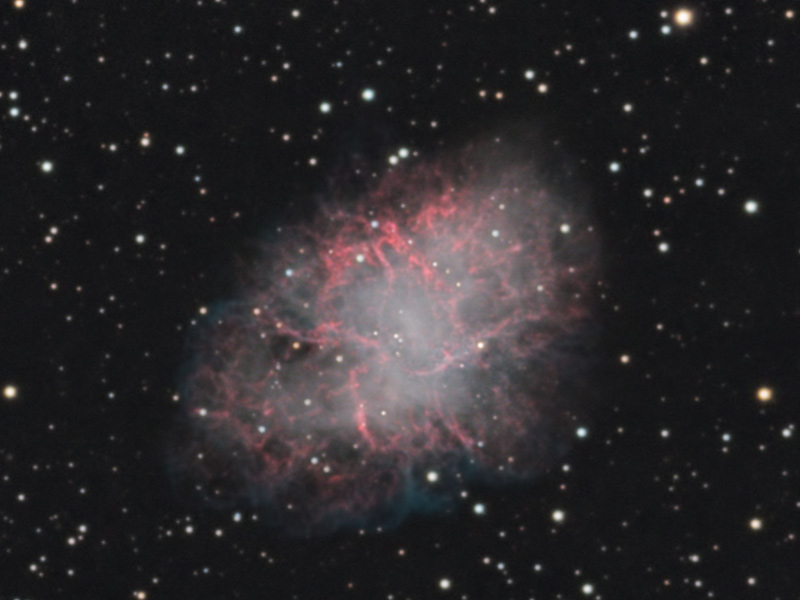 |
| M1 2016-17 LRGB OIII |
Unlike most simple supernova remnants, the crab pulsar wind nebula is extremely rich in nitrogen. so i elected to image it in NII, SII, and OIII. Unfortunately, i didn't have time for Ha, but my impression is that the NII signal is similar to what one sees with a wide Ha filter due to the dominance of the NII. The crab is probably not the best nebula for ultra narrow band imaging as rapid motion of the gas distorts the emission lines. Here's a blink of the narrow band images:
The difficulty with creating a color narrow band image is that there's no apparent rhyme or reason to the SII signal, it makes no intuitive visual sense. I tried a number of different color palettes...didn't like any of them. then i created a blink of 3 different combinations and decided it was time to stop thinking, break out the lava lamp and play some hendrix:
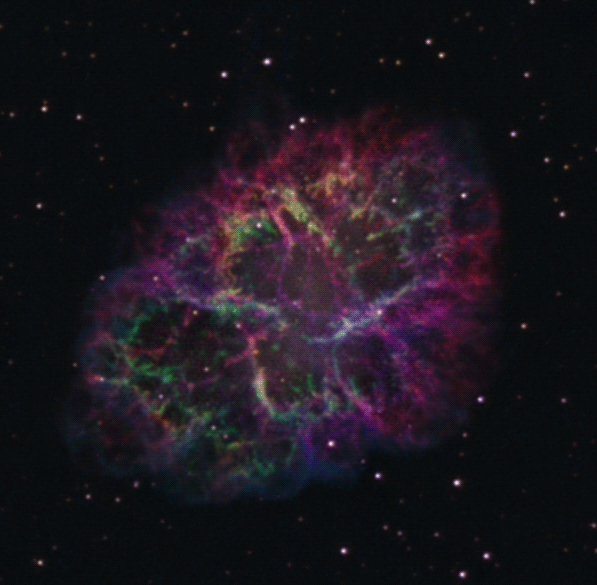 |
| Crab Nebula NII SII OIII combinations: NSO, SNO, NOS |
OK coming back from outer space somewhat, here's an attempt to incorporate the SII data into a more traditional image, by coloring the SII gold/orange:
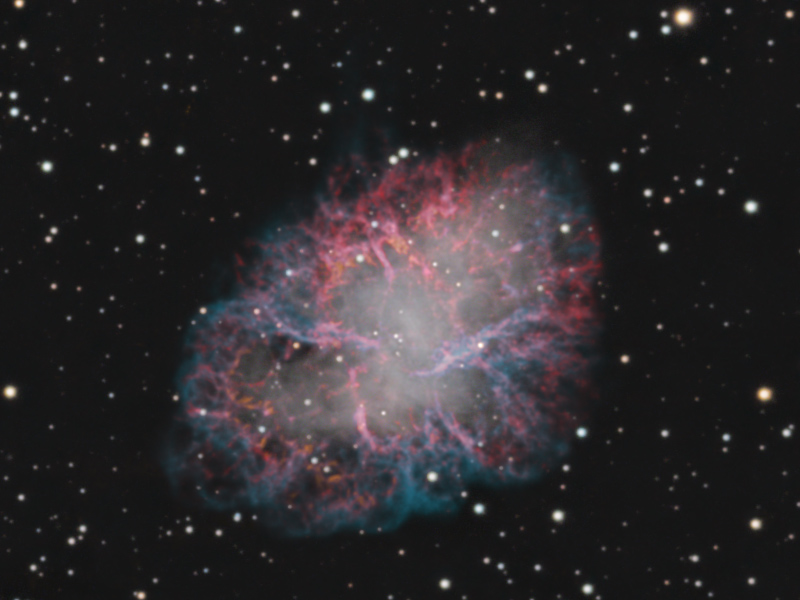 |
| Crab Nebula LRGB NII SII OIII 2016-17 |
Lastly, a blink, of the narrow band images used above showing the addition of the SII in orange:
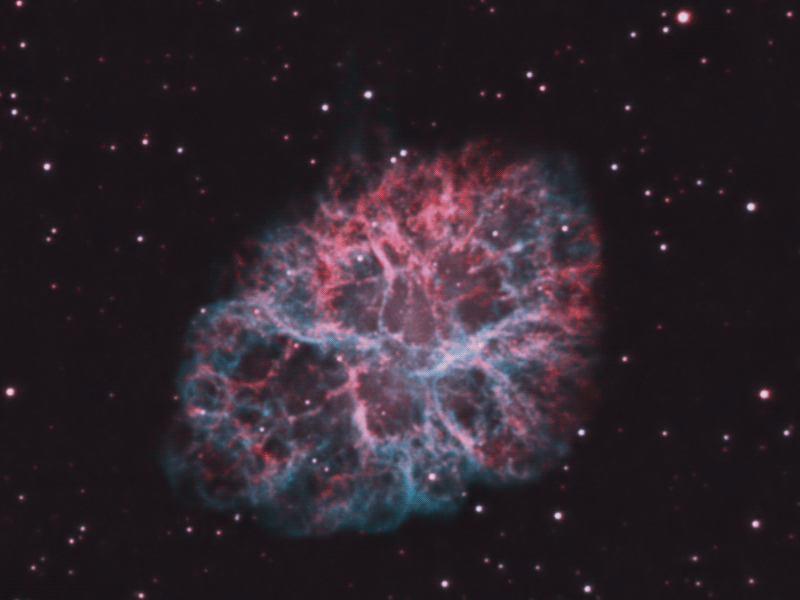 |
| Crab Nebula NII red, SII orange, OIII blue |
Last, but not least, if you haven't seen it, here's a very large/long animation i did in 2011 showing long and short term motion at the crab nebula as well as narrow band blinks (a bit grainy due to compression):
Large Animation File Link
Details:
2017
12/28/16-2/28/17
8" LX200R, SX Trius 694 and QSI 660 binned x2 to 0.8"/px, ASA DDM60
astrodon LRGB E SERIES GEN-II, NII 3 nm, SII 3nm, OIII 3 nm
L 239 x 1 min ;)
red 96 x 4 min, green 67 x 4 min, blue 67 x 4 min (included as pseudoluminance)
NII 19 x 20 min
SII 11 x 20 min
OIII 27 x 20 min
2015
11/26/14-3/9/15
8" LX200R, SX Trius 694 and QSI 660 binned x2 to 0.8"/px, ASA DDM60
astrodon LRGB E SERIES GEN-II, OIII 5 nm, chroma 540x50 nm filter (greenish continuum)
L 346 x 1 min ;)
red 33 x 4 min, green 22 x 4 min, blue 22 x 4 min (included as pseudoluminance)
OIII 24 x 20min
540x50 53 x 5min, 56 x 10min
2013
1/12/2013-3/4/2013
8" LX200R @ 0.6"/px, SX AO, Astrodon OIII 5nm, IDAS LPR filters SX H9/H9C
RGB(IDAS) 14x20 min, luminance 35x5 min with idas, 35x5 min unfiltered, plus RGB pseudoluminance
OIII 19x20 min
2010
12/6/2010-2/6/2011
8" LX200R, SX AO, Astrodon OIII 5nm IDAS LPR, SX H9/H9C
RGB 31x20 min, luminance 205x5 min plus RGB pseudoluminance, OIII 47x10 min binnned x2
2008
forgot the details there was too much star trailing for me to complete the initial processing.
aborted HaRGB
2006
1/2,3,5/06
nexstar 8 GPS, IDAS LPR filter, f/6.3 FR, SXV H9C
120x1 min, 240x30 sec (unguided)
